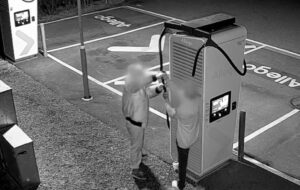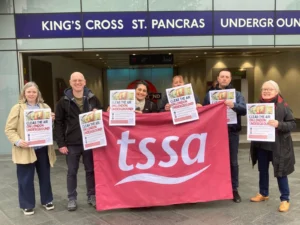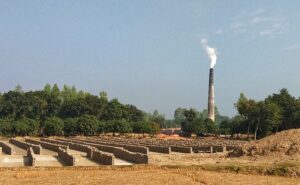Taxi drivers in London experience the highest exposure to black carbon compared to any other professional drivers, new research has found.Â
For the study, researchers from Kings College and Queen Mary University, London, recruited 140 professional drivers who all work in central London.
The drivers were all asked to carry black carbon monitors for 96 hours, and were asked about the type of vehicle they drive, their working hours and whether they drive with their windows down or air vents open.
On average, the results showed that professional drivers were exposed to 4.1 micrograms of black carbon per cubic meter of air, this is around four times higher than their exposure at home or levels experienced in an office.
From the study group, taxi drivers had the highest levels (6.5 micrograms) of exposure on average, and emergency service workers had the lowest levels (2.8 micrograms).
Black carbon is the sooty black material emitted predominantly from diesel engines.
Lead researcher and King’s college PhD candidate Shanon Lim said: ‘The results from the study suggest that being inside a vehicle doesn’t offer any protection, in fact, the opposite may be true, air pollution can get trapped inside the vehicle for extended periods of time.’
Mr. Lim said: ‘We don’t know why taxi drivers fare the worst, it might be because taxis tend to operate in the busiest and most polluted parts of the city where street canyons restrict the movement of air, whereas emergency services can avoid congestion.’
The results also showed that keeping car windows closed halved the exposure to black carbon.
The type of vehicle and the choice of route were also shown to lower exposure.
Mike Hedges, a taxi driver for almost 30 years and a masters’s student at Kings College studying Global Air Pollution and Health said: ‘As a London taxi driver, driving in the most polluted streets in London, I have always wanted to improve the air quality in London.’
‘I became involved in helping successive London Mayor’s develop their air quality strategies for London’s taxis and engaging with taxi drivers in helping them understand their own personal air pollution exposures through Unite, my trade union.’
The next step in this research is to investigate possible strategies for protecting drivers, such as the use of air filters. Mr Lim said: ‘This is vital to help employers, occupational safety and health professionals and individual workers reduce exposure and minimise work-related health risks.’
In other news, road traffic in the UK has increased by almost 30% since 1990 but transport-related emissions of many air pollutants including particulate matter and nitrogen oxide (NOx) have reduced.
Photo credit – Pixabay
















